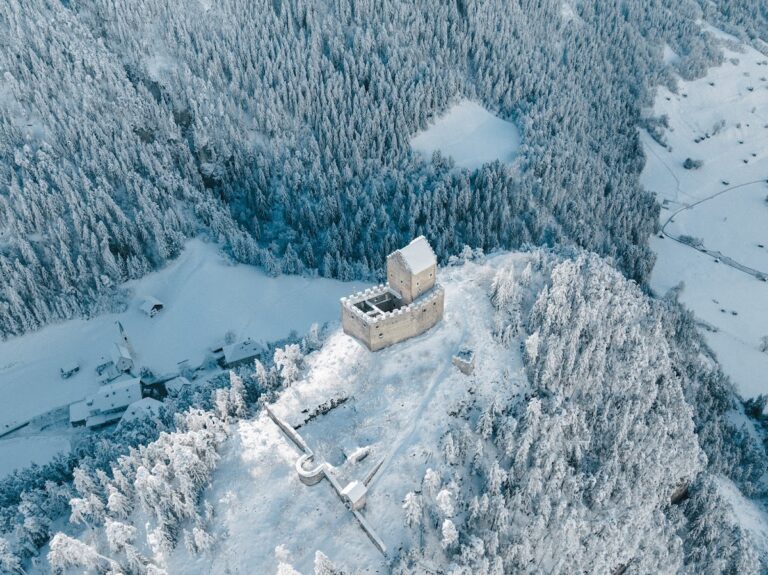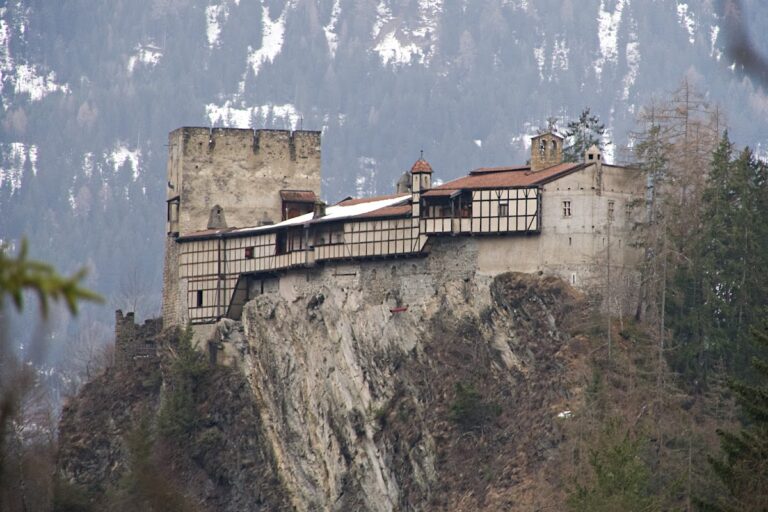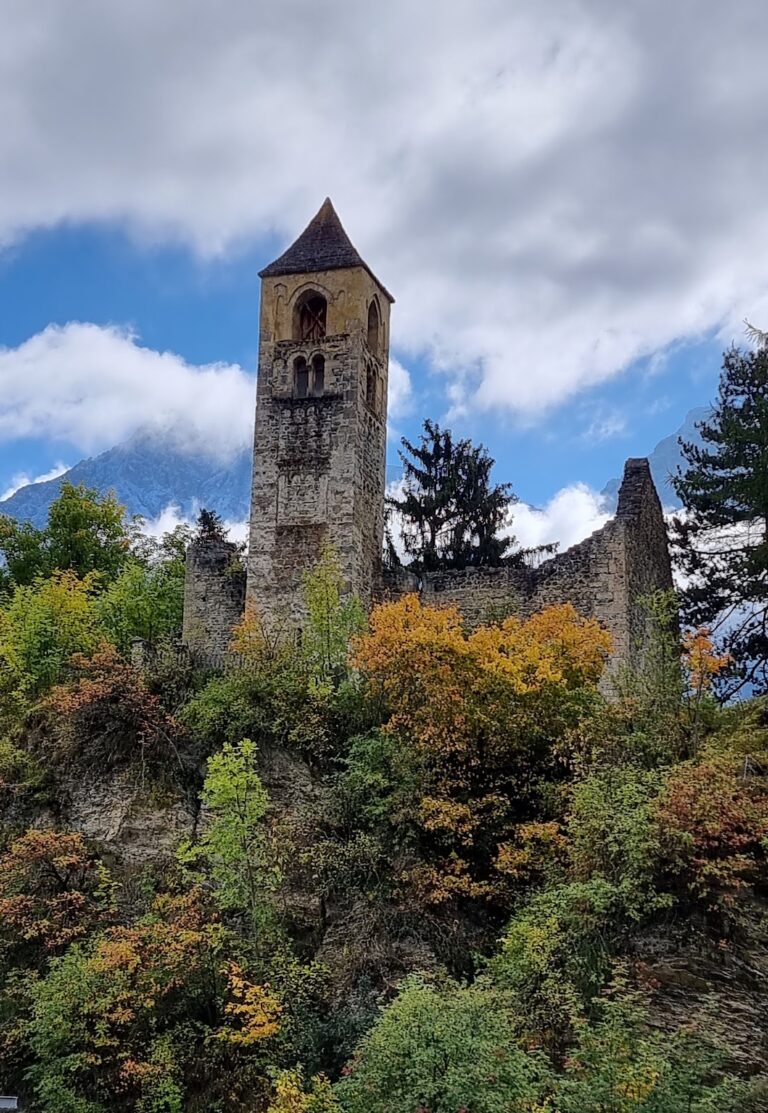Wiesberg Castle: A Medieval Fortress in Tobadill, Austria
Visitor Information
Google Rating: 4
Popularity: Very Low
Google Maps: View on Google Maps
Country: Austria
Civilization: Unclassified
Remains: Military
History
Wiesberg Castle is located in the municipality of Tobadill, Austria. It was originally constructed in the 13th century by the Hochstift Chur, a powerful ecclesiastical principality of the time, as part of their regional holdings.
The earliest recorded mention of Wiesberg Castle dates back to 1271, when Hugo von Wiesberg is documented as its owner. Over the following centuries, the castle passed through the hands of several noble families, including the Ramüss ministeriales—medieval officials serving feudal lords—the Counts of Tyrol, and later the Rottenberger family who held it until 1411. During this period, the castle served both as a noble residence and a regional stronghold.
Wiesberg Castle played an active military role in 1499 during the Swabian War, a conflict between the Swiss Confederates and Emperor Maximilian I’s forces. It was a key defensive point for the Bündner and Swiss armies, contributing to the eventual peace treaties that helped define borders in the region. This marked the castle’s significance in regional power struggles and diplomacy.
In the 16th and 17th centuries, the castle experienced frequent changes in ownership among noble families such as the Schenk von Schenkenstein, von Freysing, von Haidenreich, and von Clary-Aldringen. During this era, disputes occasionally arose involving both the Bishop of Chur, reflecting its ecclesiastical origins, and the Tyrolean authorities, indicating its contested administrative importance.
In the early 19th century, amidst the Napoleonic Wars, local militia used Wiesberg Castle’s vicinity to defend the area against Bavarian troops in 1809. Ownership during the 19th century became complex, involving leasing arrangements and sales, including a notable transaction to the Austrian State Railways for infrastructure projects.
In the final days of World War II, May 1945, Wiesberg Castle served as a base for armistice negotiations between the German Wehrmacht’s Army High Command 24 and American forces. Following the war, the castle was under the supervision of Emma Schmitthenner until 1950 during the Allied occupation. Since the late 19th century, the castle has remained in the private possession of the Landfried family.
Remains
Wiesberg Castle occupies a strategic rocky outcrop above the Trisanna River, where the Paznaun and Stanzer valleys converge. Its main defensive perimeter is formed by a medieval curtain wall, known locally as the “Bering,” constructed in the mid-13th century. This enclosing wall is trapezoidal in shape and built primarily from rubble stone, with sections of distinctive herringbone brickwork, known as opus spicatum, visible on the western façade. The walls measure up to 2.7 meters thick, underscoring their role in fortification.
Dominating the site is the bergfried, or main tower, which has an almost square base measuring roughly 7.8 by 8.4 meters. The lower third of this tower comprises original medieval granite blocks, reflecting its foundational phase. In 1908, the tower underwent restoration and was heightened, with the addition of upper sections and a pyramid-shaped roof, blending medieval structure with early 20th-century modifications.
Connecting to the bergfried is a residential building, or palas, dating from the 15th century. This structure would have served as living quarters for the castle’s occupants and sits within the inner courtyard. Adding to the complex was a chapel located in the northwest corner of the ring wall, originally constructed around 1420. The chapel was later deconsecrated in the late 19th century and ultimately demolished to accommodate railway development nearby.
Defensive features include a zwinger, a type of outer courtyard designed to trap attackers, which at Wiesberg Castle contains a rondel—a circular defensive tower—and embrasures, openings for archers or gunfire, dating from about 1500. Over time, the curtain wall was raised in height, burying the original castle gate, which is now only visible from the exterior side.
Today, Wiesberg Castle is largely preserved due to extensive restoration efforts undertaken by the Landfried family in the late 19th century. While it remains under private ownership, the castle’s robust medieval structures and defensive elements stand as a testament to its long history in the region.







